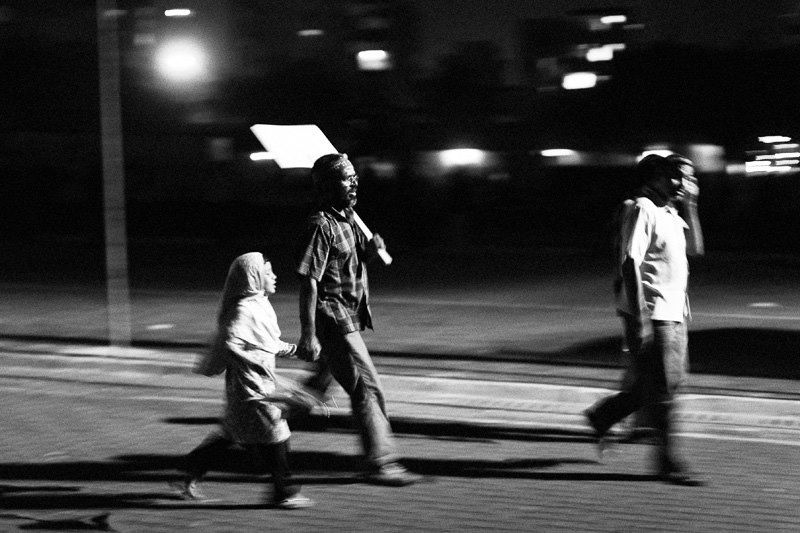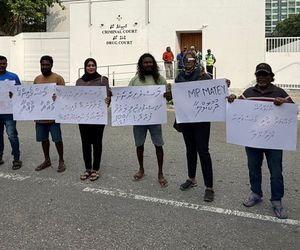Hijab and the Maldives: stigma, shaming and the struggle to take it off
Of the 20 women interviewed, half had stopped wearing hijab and the other half wore it but wanted to stop. None of them wanted to be identified.

17 Jan 2018, 9:00 AM
Alimath Mahmood* expected a community backlash over her decision to remove the hijab. She had worn it for 14 years, watching as Maldivian society became more conservative and more critical of women who stopped wearing it. Yet her fears were mostly unfounded.
Most people rallied round her instead of demonizing her, but still asking why she did it. Some people even reached out to say that a person’s faith was not measured by the hijab they wore, that it was possible to have great faith and not wear a headscarf.
But there were some who stopped talking to her – including her parents. It took months for them to accept her decision, even speak to her. Alimath is 31.
Other women who have taken off the headscarf told the Maldives Independent about similar struggles. The family or extended family quarrelling with them over their choice. Some were forced to wear the hijab again because of family coercion. Of the 20 women interviewed, half had stopped wearing hijab and the other half wore it but wanted to stop.
Become a member
Get full access to our archive and personalise your experience.
Already a member?
Discussion
No comments yet. Be the first to share your thoughts!
No comments yet. Be the first to join the conversation!
Join the Conversation
Sign in to share your thoughts under an alias and take part in the discussion. Independent journalism thrives on open, respectful debate — your voice matters.




